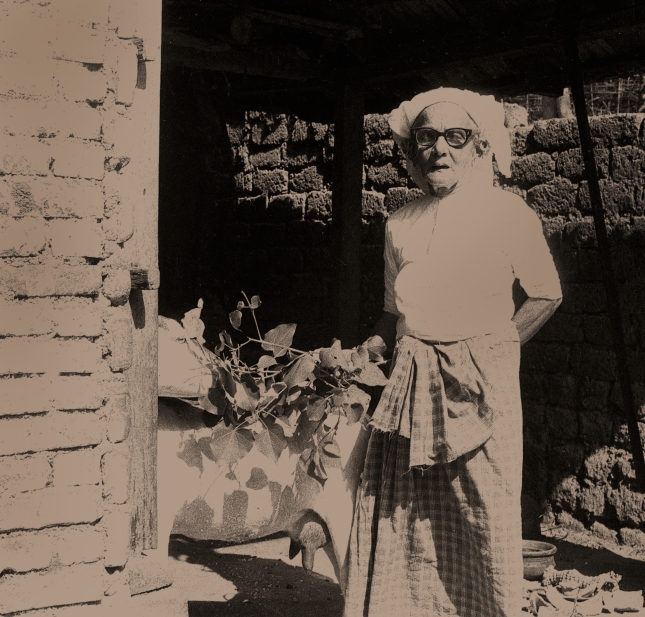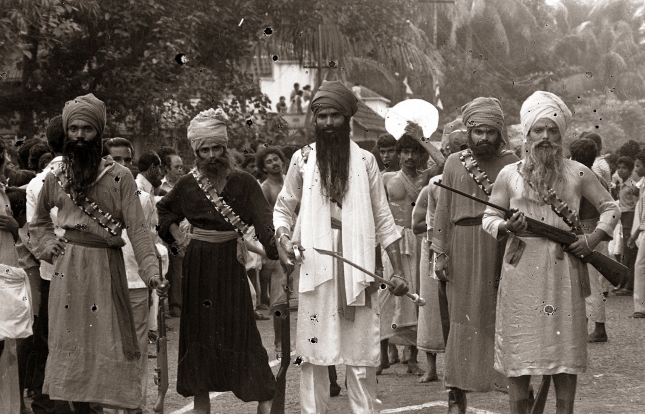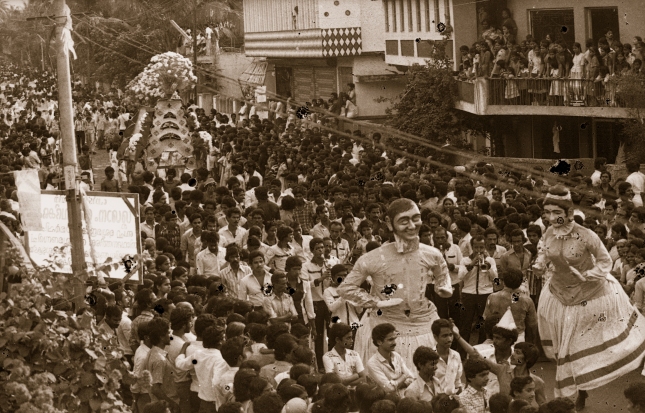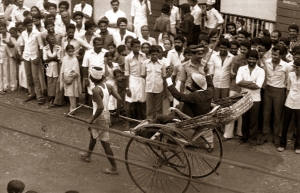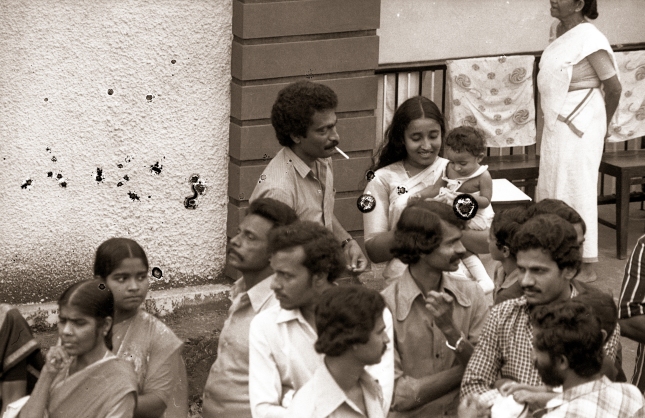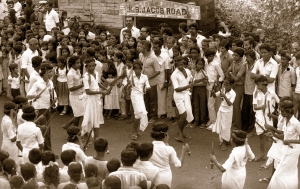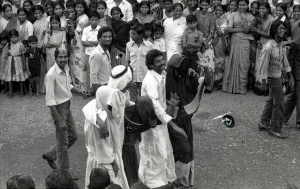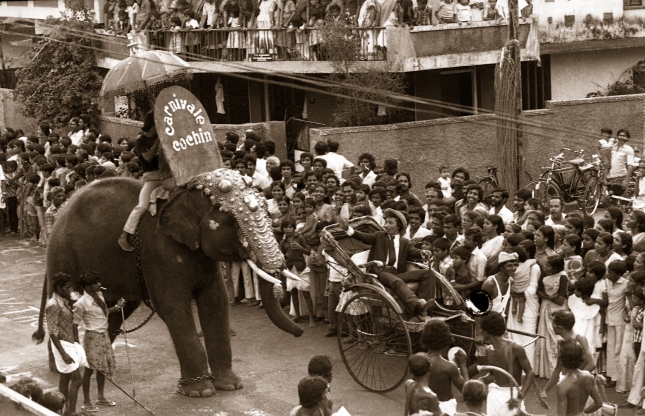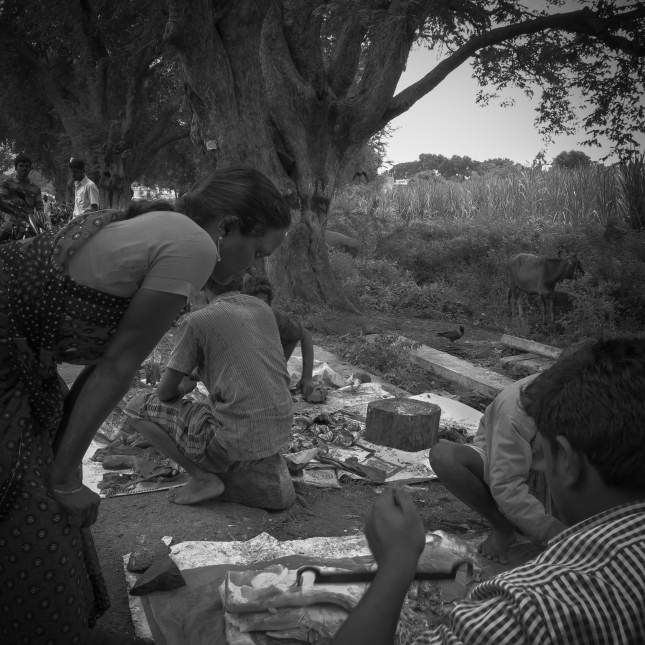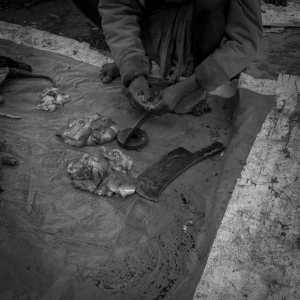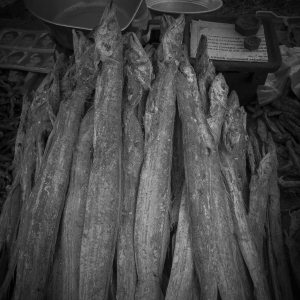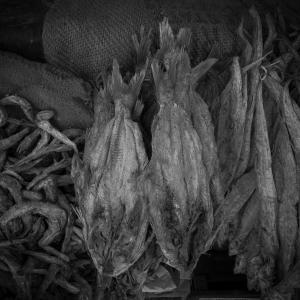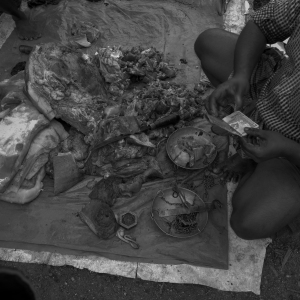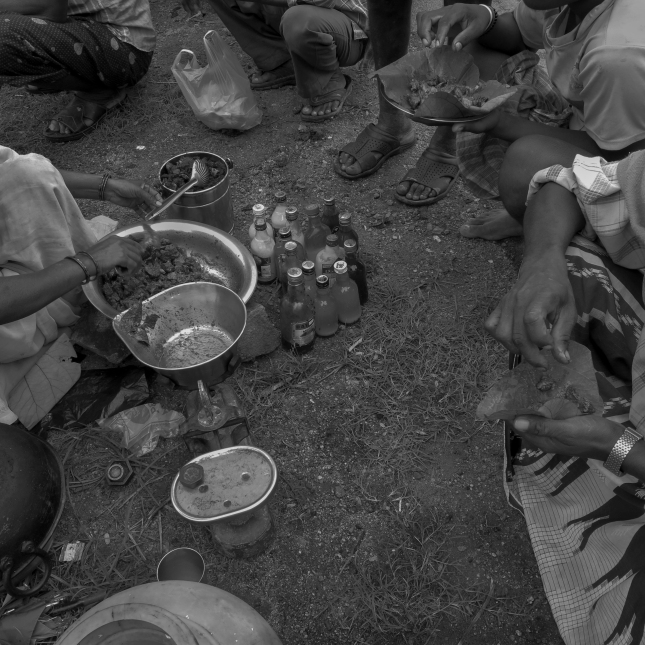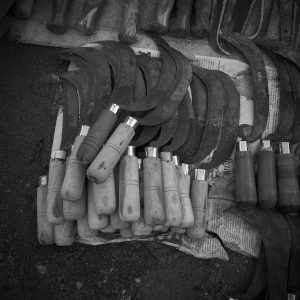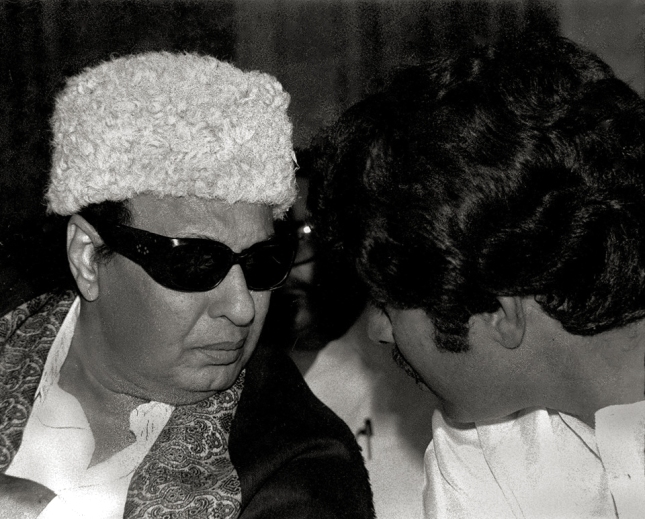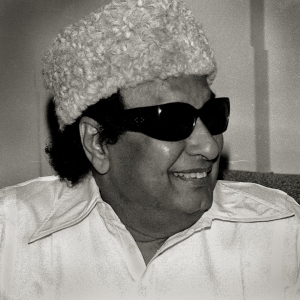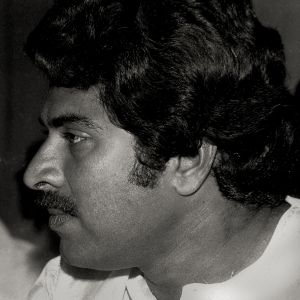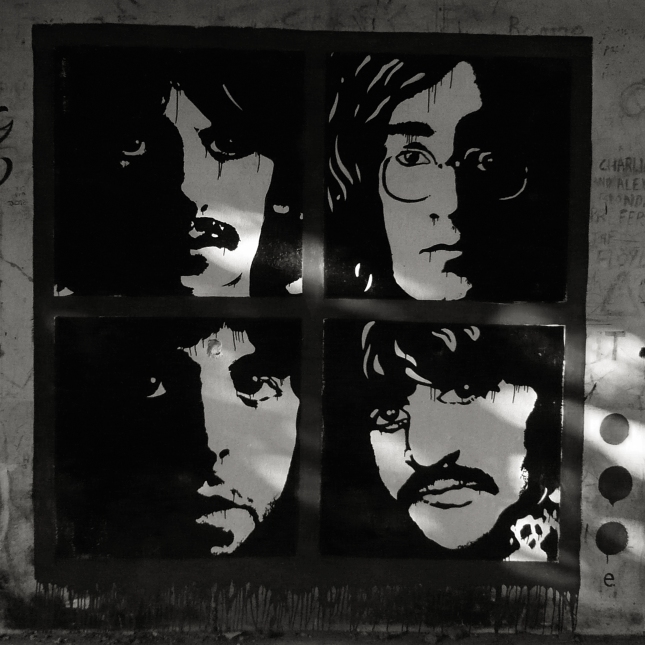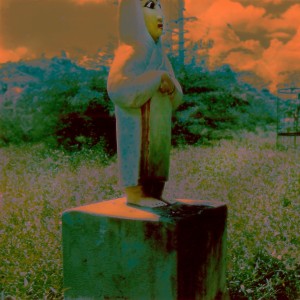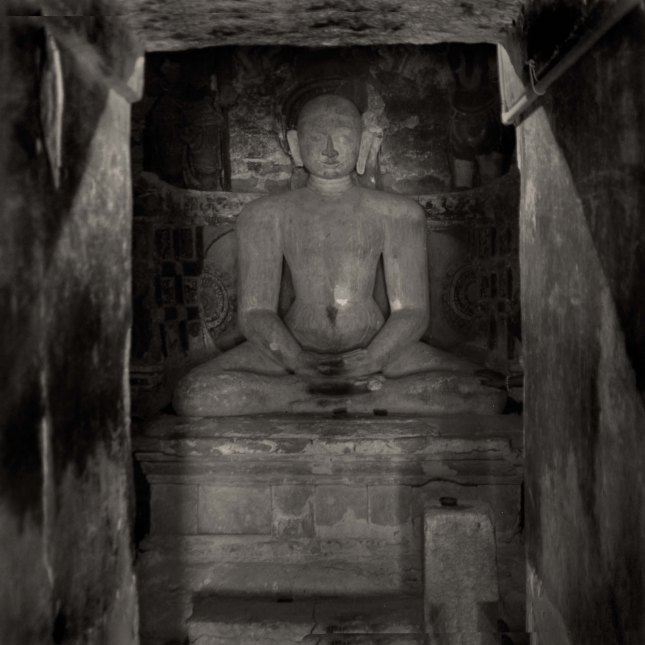They call it God’s own country. We call it Keralam. It was part of Ancient Tamizhagam. It is a beautiful strip of land mass along the western coast of India. In fact Keralam lives in the minds of people, in memories, in songs and in general nostalgia. This land is a land of imagination, anxiety and restlessness. Those who could put up with it continue to live there and those could not just get out of that place and go elsewhere. They see the land from a distance. Those who have left for economic reasons look at the place with intense nostalgia and those who have left it for intellectual reasons look at the state with a sense of detachment tinged with affection that people show for estranged beloveds. It is a familiar and unfamiliar place for many. It renews itself through the changes in its topography. Trees give way to concrete buildings fitted with air conditioners, wastelands turn into malls, imagination migrates into cyberspaces and monotony of daily lives merges with incestuous relationships. We underline our achievements with literacy, heightened sense of morality, schools, colleges, hospitals and the proliferation of all other ideological state apparatuses. In short, whether we live in Keralam or not we are a sort of happy people with pain hidden behind our intellectual and emotional veils.

Hari Narayanan’s room / Image (C) Abul Kalam Azad / EtP Archives / 2012
I am an insider and outsider at the same time. I am born to a Tamil Muslim family but was brought up in Kochi. Growing up was interesting as Kochi had a history of migration, colonization and imagination. And from there I understood what a nation means. I was fiercely attached to my place of growing up. I breathed the winds of history and registered in my eyes the remnants of past and the evolution of the present. But the time came when I was in college pursuing my degree. The sails had filled with air and the mast was up, the ropes were untied from the dock and the siren was blown. My journey then onwards has been in the boats of silver nitrate coated plastic films. I sensed life through images. Each time I came back with new equipments and experiences I saw a different motherland- a changing Keralam.
With a smile I take pride in my Keralam. It is here that you see a temple, a mosque and a church squatting at the same square with loudspeakers spreading the same messages of love, adoration and worship in different languages and tones. Below the sound waves the cacophony of life moves on. When I zoom into the religious zest of people here the cacophony fades out and when I focus on the people religions become a blurry image. Along the streets new gods look at me; perhaps they are not new gods. They have been there for a long time exhorting people to fight for their rights. The triumvirate of the religion of Marxism- Marx, Engels and Lenin- sit pretty at the glossy flex boards the way the triumvirates of any religion sit authoritatively. Intense heat of summer months drive people behind these flex boards and hoardings. That’s how politics give shelter to people in my state. But isn’t it a world phenomenon?

Hari Narayanan’s room / Image (C) Abul Kalam Azad / EtP Archives / 2012

Hari Narayanan’s room / Image (C) Abul Kalam Azad / EtP Archives / 2012
Keralam consumes everything that comes its way- literature to cinema to tandoori chicken to Chinese food. Consuming becomes a spicier affair for a Malayali in Kerala because it is always tinged by intellectual resistance. And one could see the silver and golden lining at the horizon. Former fields where rice grew and the distances where hills merged into the foliages of trees and airbrushed by the fronts of coconut trees amongst which small little temples with a lonely devotee lighting up a single lamp visible from a distance like a wandering minstrel’s humming of ecstasy, all have been now barred from vision. In their places there stand large hoardings with slender bodied female models selling off gold ornaments. In Keralam women don’t look like the models in the billboards. Still they starve themselves to buy gold. People say gold is an investment. So has become the purdah. I see the advertisements of burqa all over.

Hari Narayanan’s room / Image (C) Abul Kalam Azad / EtP Archives / 2012
Each Malayali is like a hummingbird that makes its nest. Malayali flies away to different places only to come back to the state to make their concrete houses. They make it and then fly away, leaving the forlorn relatives to live in these places as security guards of someone’s ego and pride. Intellectual Malayali lives in a sepia tinted time and space. He sings old songs, he sees classical movies and he argues endlessly over cheap liquor. Drinking liquor has levelled the status of Malayali. If drinking had once determined the level of intellectual quotient of a Malayali (intellectuals always reeked in the smell of alcohol), today Keralam is a landmass of intellectuals who have embraced the life of bottle; gold and booze have become the two guiding principles. Literature happens in intervals of waking up.

Hari Narayanan’s room / Image (C) Abul Kalam Azad / EtP Archives / 2012
Artists, film makers, singers, dancers, office goers, factory workers, labourers and idlers understand Kerala only when they move out of the place and see it from a distance. If so, this place is like a coral reef full of glittering fish that never want to move away from its soothing aqua blue. Men live like film stars and women like characters in serials. Those who live elsewhere keep thinking of the possibilities of living such a life in Keralam once they come back for vacations. Everything is complacent here. If someone is allowed to drink tea and read newspaper, if someone is allowed to watch all television news, if someone is allowed to lead a procession to a temple or the secretariat, if regular supply of liquor is not cut, if gold is bought, if dowries are arranged, if deviant sexual activities are conducted, everything is fine with a Malayali. It is very difficult to be a different Malayali in Keralam.

Hari Narayanan / Image (C) Abul Kalam Azad / EtP Archives / 2012
If you are different you should be a devil. Harinaryanan is such a Devil in God’s own country. By portraying his life and the objects in his living space, I want to see how difficult is to be different in God’s own country.
[Hari Narayanan, contemporary South Indian percussionist. He lives and works in Calicut, Kerala.]
2nd October 2014
Tiruvannamalai
(C) All rights reserved. All the text and images published in this blog is copyrighted property of contemporary Indian photographer Abul Kalam Azad. Reprinting / publishing rights reserved by the author and prior permission is required for reproduction / re-publishing, For more information call {0}4175 237405 / {0}94879 56405 or mail to ekalokam@gmail.com / FACEBOOK – Abul Kalam Azad
Published in Gallerie / July 2013 Issue
